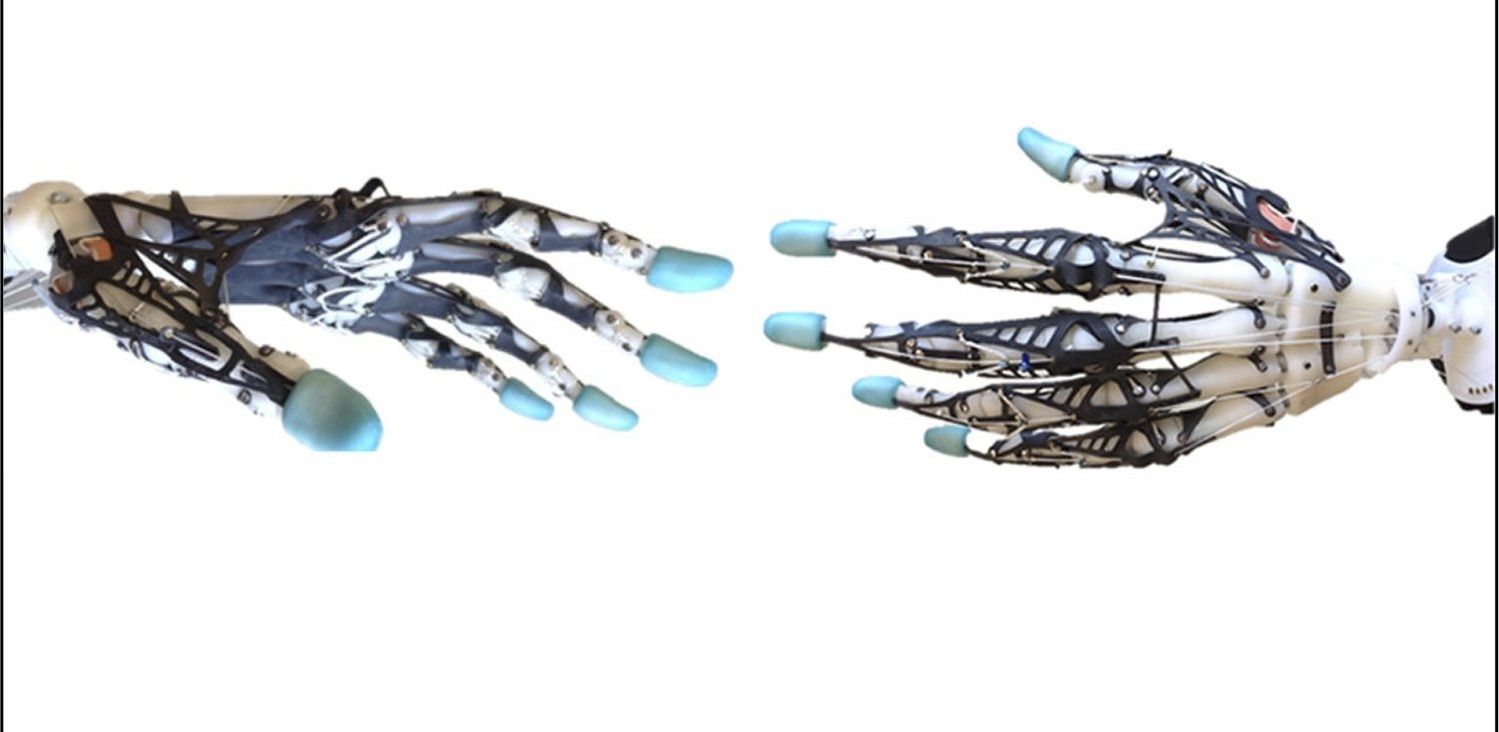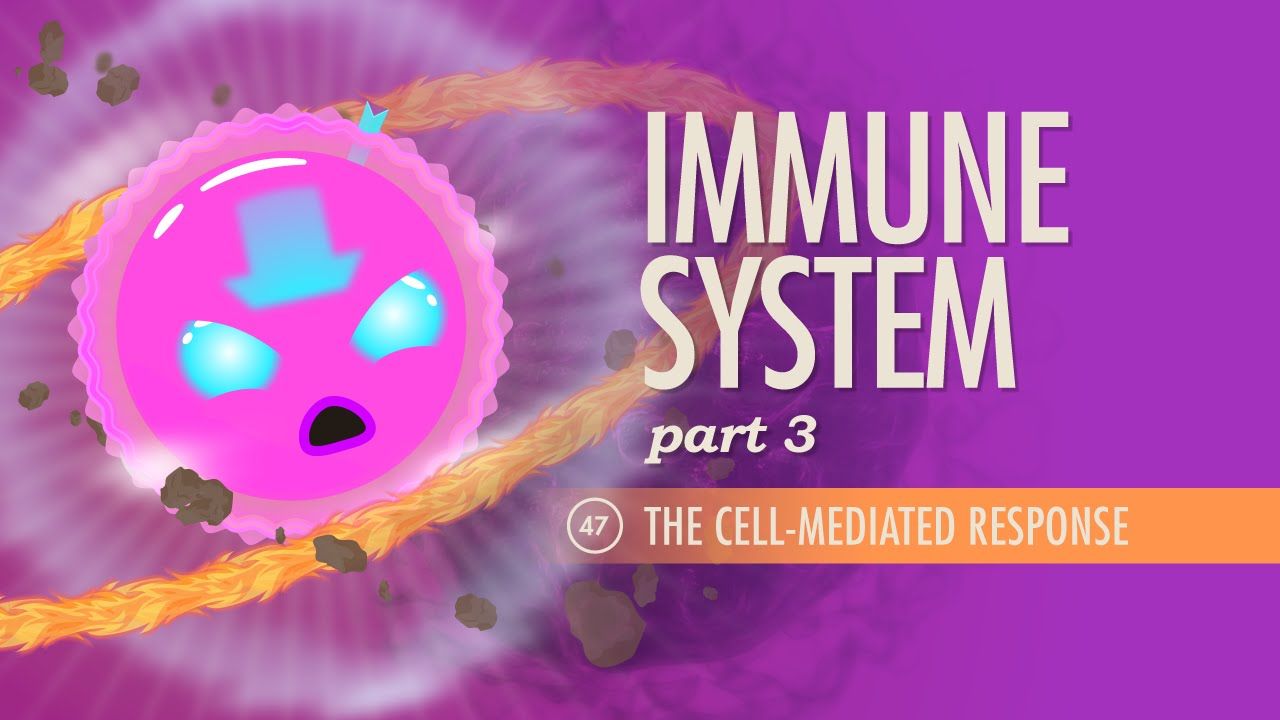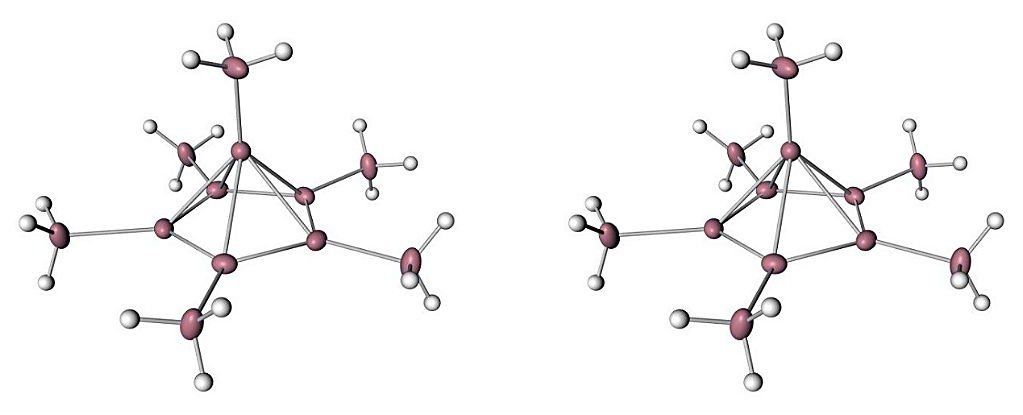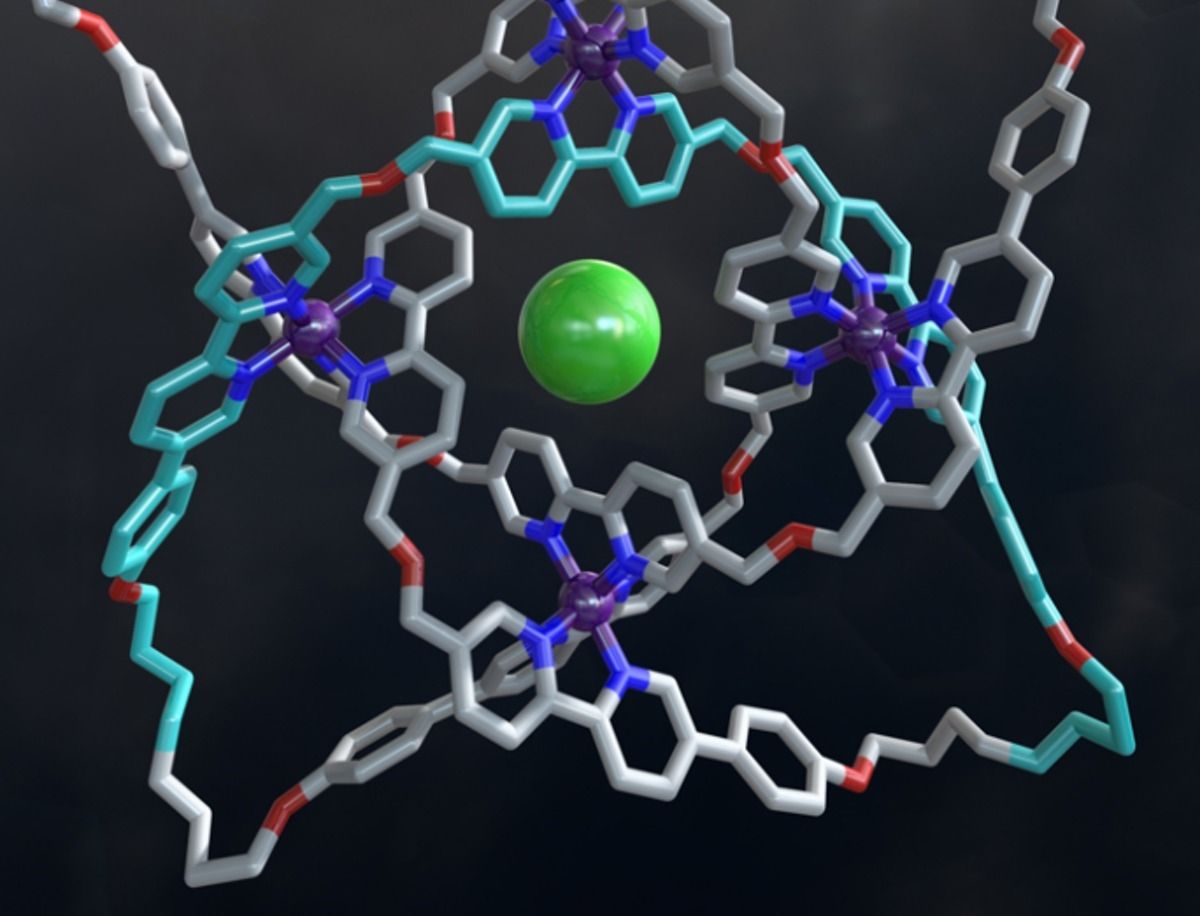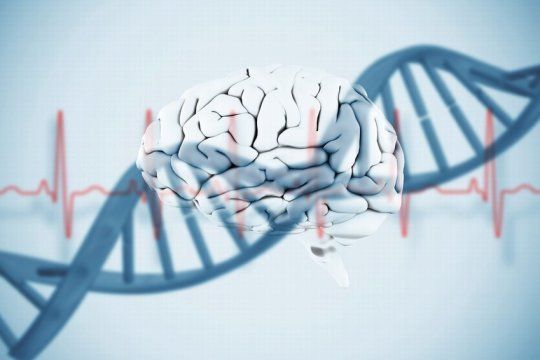Jan 13, 2017
This Remarkable Robot Hand Is Worthy of Luke Skywalker
Posted by Klaus Baldauf in categories: cyborgs, robotics/AI, space, transhumanism
Most of today’s robot hands can perform easy tasks. They’re uber-practical grippers, simple and useful. But is it really so much to ask for robotic masterworks as dextrous as Luke Skywalker’s bionic hand in Star Wars? In short, yes, yes it is. It might have been a long time ago in a galaxy far far away—but most Star Wars tech is beyond us.
Still, it’s hard not to get in a Star Wars state of mind watching this beautiful robot hand engineered by Yale postdoc Joseph (Zhe) Xu and the University of Washington’s Emanuel Todorov.
Continue reading “This Remarkable Robot Hand Is Worthy of Luke Skywalker” »
